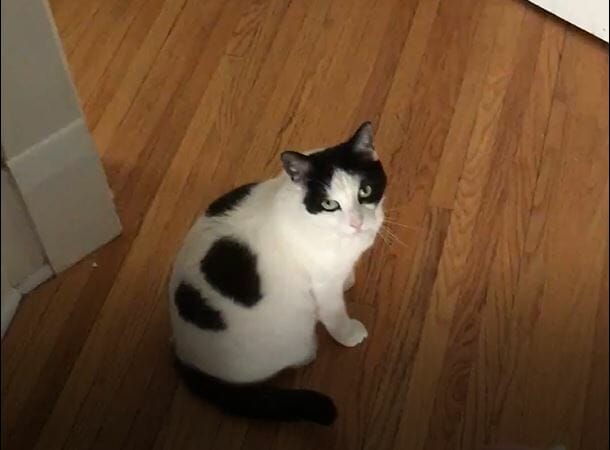neurological disorders in cats back legs
Shes apparently lost control of her bladder. Dewey may suddenly flop down and flail around.

Myelin Deficiency In Cats Nerve Disorders Sensory Nerves Peripheral Nerve
It can be triggered by injury sprains strains and broken bones or by a progressive disease such as arthritis.
/CatIVDD-beabc2714f9b48e1a873c8774c88b1fa.jpg)
. Muscle tremors especially when trying to eat or perform another activity. A spinal cord injury can cause loss of feeling and paralysis below the. Schedule an appointment with your veterinarian immediately if your cat exhibits one of the following symptoms of neuromuscular disorders in cats.
A neurological disorder in cats can lead to an array of symptoms that can progress swiftly and affect some of your cats most vital bodily processes. Loss of physical activity in cats. Meningitis is when the.
Below are some of the most common that affect domestic cats. Signs typically begin at 3 to 7 years of age and may include weakness incontinence and difficulty using the hind legs. Meningitis and encephalitis are two very serious brain conditions.
What Do You Know About The Neurological Disorders In Cat Back Legs. The disease is often genetic and more common in certain breeds such. Common Canine Neurological Disorders Cerebellar Degeneration Vestibular Disease Wobblers Syndrome Inherited Polyneuropathy Epilepsy Degenerative Myelopathy DM Intervertebral Disc Disease IVDD Parkinsons Disease Every case is different and the care needed will vary.
The ability to move and perform daily operations of cats depends on the strength of. It is reported more commonly from the United Kingdom than from other countries at least more often than the US. Dysautonomia is a disorder of the autonomic nervous system that can affect both dogs and cats but is much more common in cats.
Dysautonomia is a disorder of the autonomic nervous system that can affect both dogs and cats but is much more common in cats. Reluctance or refusal to use its litter box. Seizures Muscle weakness Paralysis Absence of reflexes hyporeflexia Uncoordinated movements Loss of muscle tone hypotonia Loss of control of body movements ataxia Weakness after physical exertion.
The effects of an injury on sensory and motor functions depend on its location and severity. Has had blood work no diabetes or discernible disease x-rays. Theyll also have difficulty standing up especially after a nice long nap.
Infections caused by viruses or bacteria Metabolic disorders Tumors in the brain or nervous system Epilepsy Injury from chemical poisoning Effects of insect bites snake venom and ticks. Plus signs to look out for and when to take your cat to the vet. A spinal cord injury can cause loss of feeling and paralysis below the.
An affected cat says Dr. Did you know that cats can also suffer from epilepsy and seizures just like their human. There are several different types of neurological disorders that can occur in cats.
Neurological disorders in cats back legs Neurological Disorder in Cats. Rear Leg Problems in Cats Weakness and stiffness can be due to bone ligament muscle problems nerve damage neurological issues or organ failure. Three days after the surgery she started walking almost normal still has a little wobbly drunken gait but is using her four legs moving her tail purring and eating normally.
At this point Xica is doing much better. They can be the result of acquired diseases trauma genetic inheritance and other causes some of which are idiopathic. The cause is unknown.
Back or neck pain. Pain may accompany the weakness with tingling and numbness in the limbs. It is rare in cats.
Today five days after. Symptoms of cerebellar degeneration in cats include. The result is that the spinal cord and its surrounding nerves become damaged or compressed and may lead to a cats inability to walk or move its limbsThough IVDD is more.
A Helpful Guide June 13 2019 Is your cat displaying abnormal symptoms but you arent quite sure what is causing them. Normal vision with no menace reflex. The signs that your cat may be suffering from a neurologic disorder include.
Dragging of the back legs or front legs. Symptoms and Types. In this post well take a look at some of the more common neurological disorders your cat may develop.
Altering the way it interacts with its owner and others. The primary signs of nervous system disorders include behavioral changes seizures tremors pain numbness lack of coordination and weakness or paralysis of one or more legs. In cats a common cause of neuropathic pain is diabetes mellitus.
It may walk in circles. The result is a weakness in the hind legs which comes from damage to the nerves caused by constant high levels of sugar in the blood. Neurological disorders in cats back legs.
An abnormal gait which often appears as a goose-step involving the front legs. Kitties unfortunate enough to suffer from hip dysplasia will often display rear leg weakness lethargy and tenderness. The two most common neurological issues in cats are related to epilepsy and vestibular syndrome.
My 12-year-old female kitty is unable to use her hind legs. Weak and stiff back legs in cats can come on suddenly or more gradually. The two most common neurological issues in cats are related to epilepsy and vestibular syndrome.
Degenerative lumbosacral stenosis is a disorder of the vertebrae in the lower back that causes compression of the nerve roots. Intervertebral disk disease IVDD is a condition where the cushions between the cats spinal bones harden swell or ruptureIVDD may be otherwise known as a slipped herniated or ruptured disc. Types of Feline Neurological Disorders Epilepsy and Seizures.
The hip joint developed abnormally and it eventually degenerates. You will need to provide a full medical history of the cat onset of symptoms and incidents that. And a noticeable change in its gait and apparent sense of balance.
Balance problems or walking with a head tilt drunken walk or wobbly walk. When the nervous system isnt working in dogs and cats neurological symptoms may include. The neurological diseases which affect cats can be infectious inflammatory metabolic vascular and degenerative.
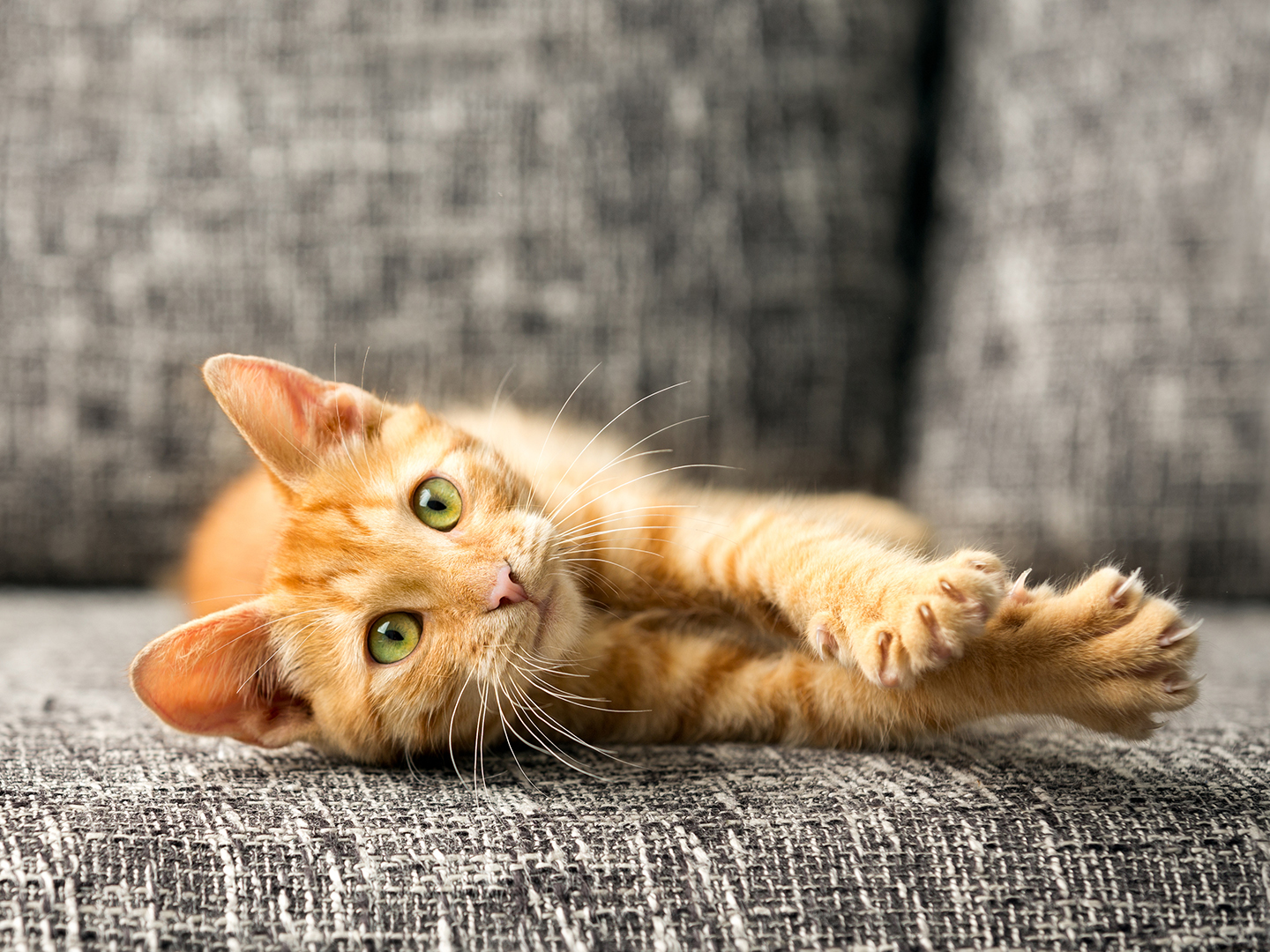
Wobbly Cat Syndrome An Interesting But Harmless Condition
/CatIVDD-beabc2714f9b48e1a873c8774c88b1fa.jpg)
Intervertebral Disc Disease Ivdd In Cats

Neurological Disorder In Cats A Helpful Guide Canna Pet

Why Are My Cat S Back Legs Not Working Weak Wobbly And Stiff

Neurological Disease Cat Bishops Stortford Vets

Cat Limping Possible Causes And What To Do Veterinary Specialists Of The Rockies

Cute Rescue Cerebellar Hypoplasia Kitty Mario What Anyone Calls Me Super Cute Cats Cats Furry Friend

Foster Friday Soleil In Halifax Life With Cats Cats Cat Rescue Cat Stories
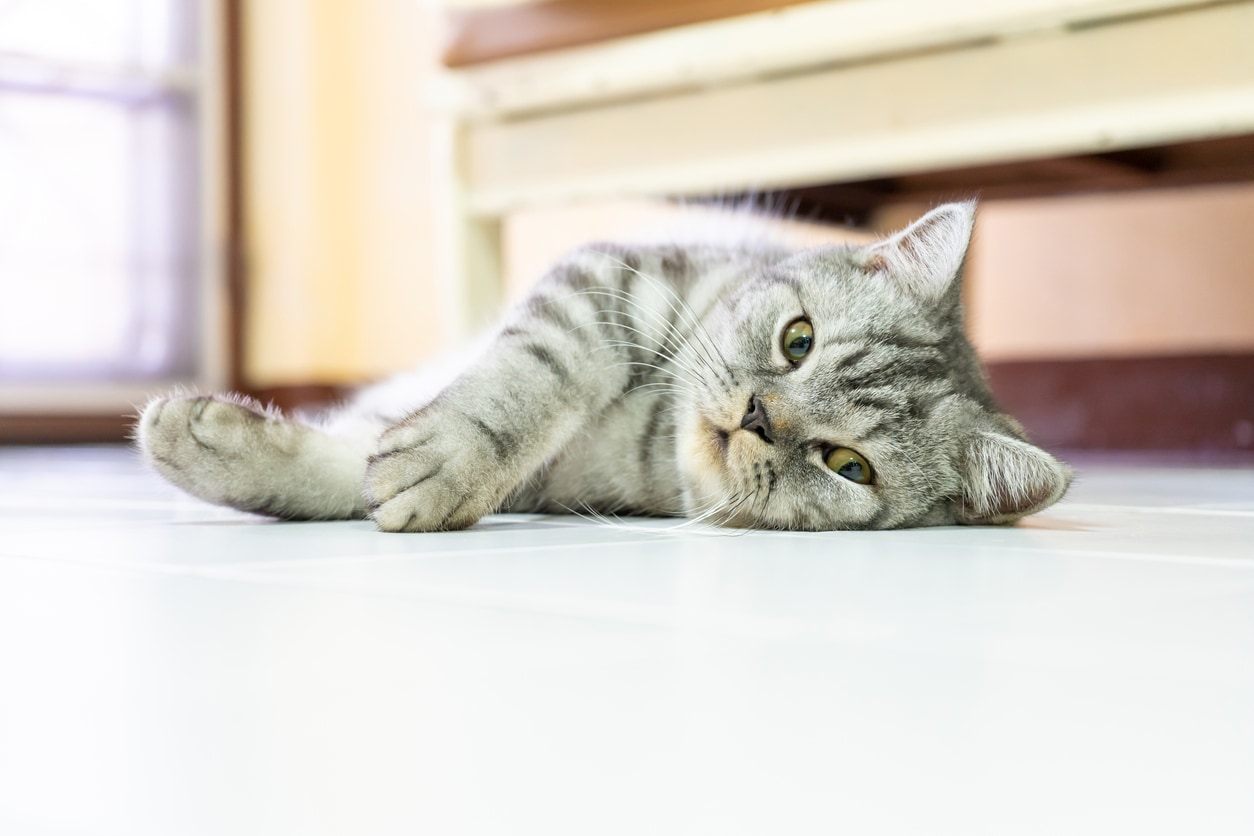
Ataxia In Cats Loss Of Balance In Cats Petmd

4 Easy Tips To Pamper Your Cat My 3 Little Kittens Cats Little Kittens Cat Care Tips

Neck And Back Pain In Cats Petmd

Http Www Justpetcats Com How To Deal With A Cat That Urinates Inappropriately Cystitis In Cats Both My Cats Suf Vet Tech Humor Vet Medicine Vet Assistant

Ataxia In Cats Vca Animal Hospitals
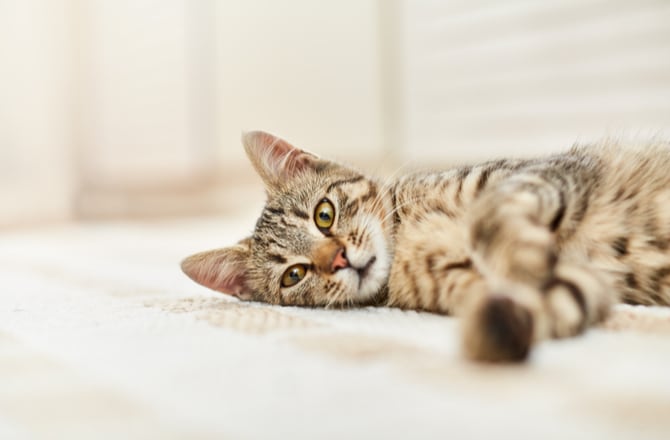
Symptoms Causes And Treatment For Stroke In Cats Petmd
+in+Cats+_+ASPCA+Pet+Health+Insurance+_+cream+and+white+tabby+cat+with+a+blue+tag+and+green+eyes-min.jpg)
What Is Intervertebral Disc Disease Ivdd In Cats Aspca Pet Health Insurance
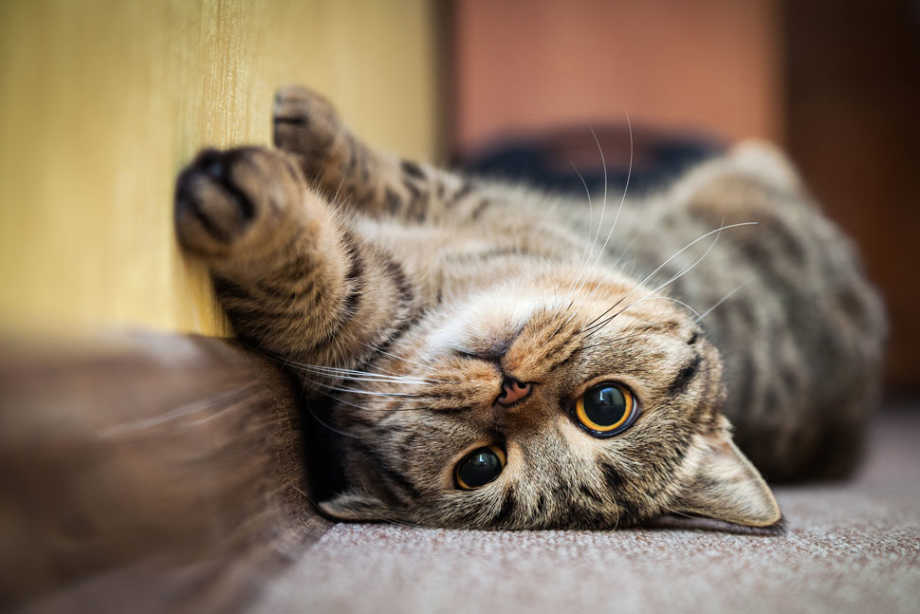
Seizures In Cats Small Door Veterinary
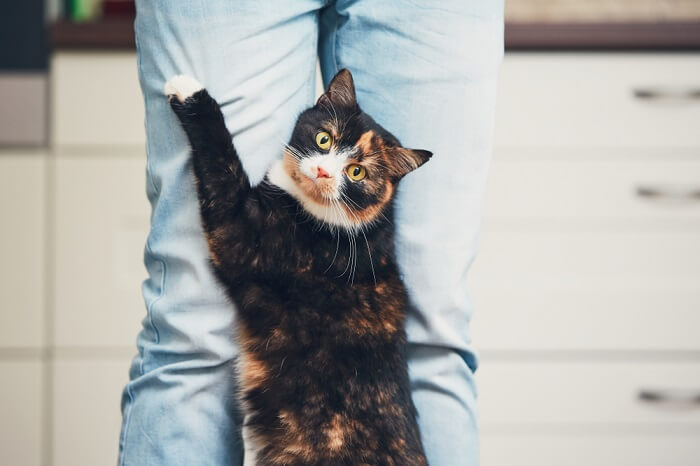
Cat Back Legs Collapsing Causes Symptoms Treatment All About Cats

